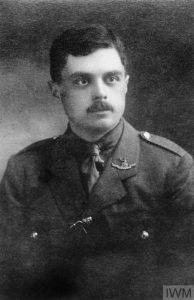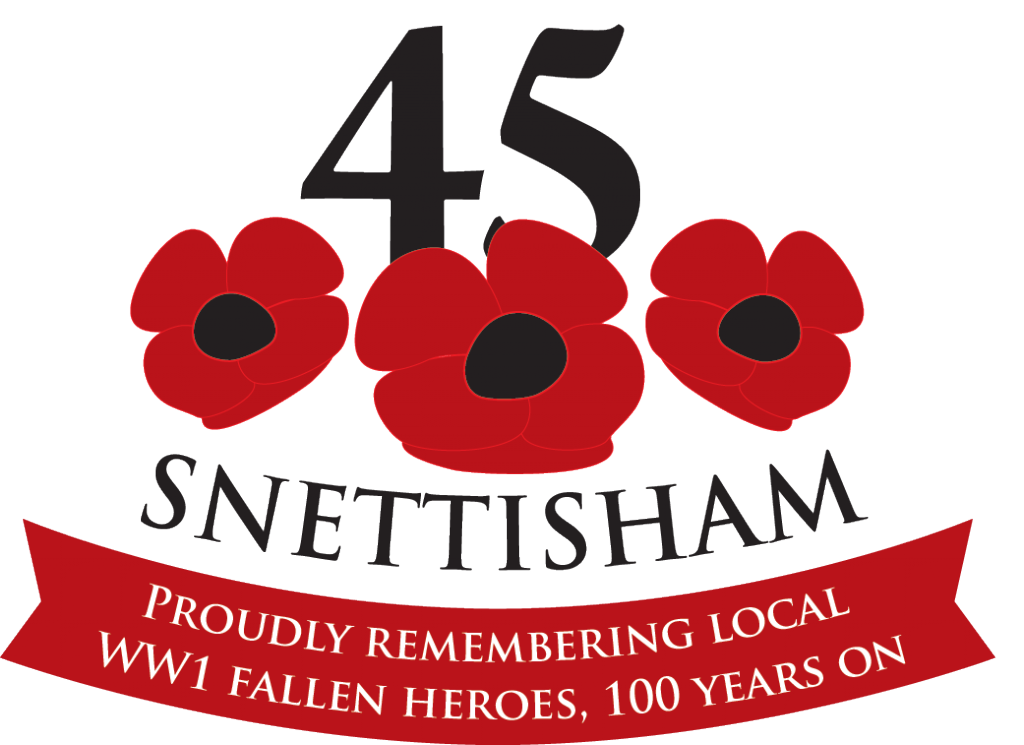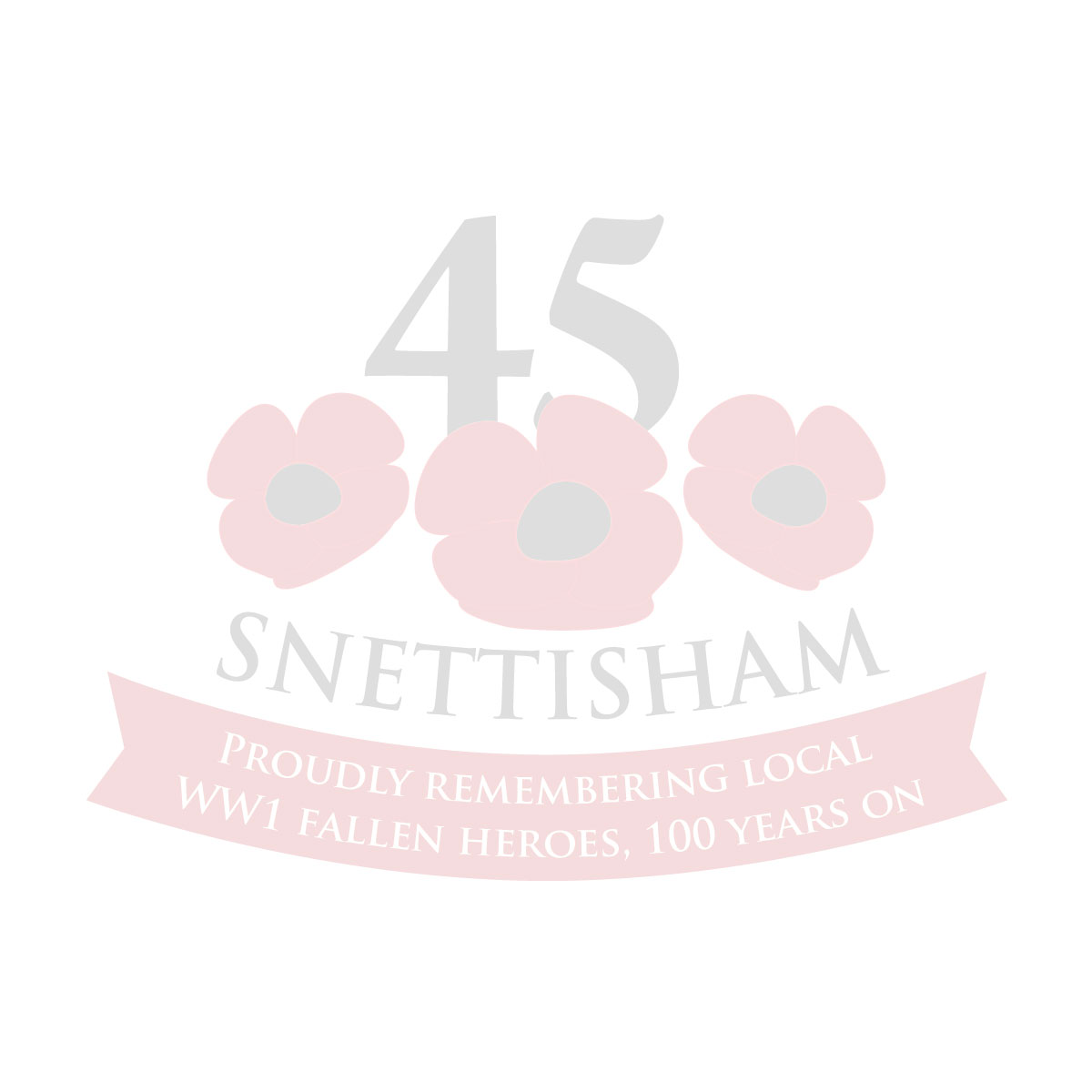William John Henry Brown

The soldier:
William John Henry Brown enlisted into the army on the 1st September 1914. He was originally assigned to the 9th Battalion London Regiment (Queen Victoria’s Rifles) as a ‘Private’ and given regimental number 2528.
However, only 4 days later he was commissioned as an officer in the Norfolk Regiment (5th September 1914) reporting to them at Folkestone. (technically he was ‘absent’ from the QVR for 4 days, but this was quickly reconciled).
William’s attestation papers show that he had previously served 5 years with Durham University Officer Training Corps (OTC) to 1912 and prior to that had attended Oundle School.
At enlistment, aged 22 William was 5’6″ tall and weighed 134lbs. He gave his home address as 3 Syndfield Terrace, Snettisham, Norfolk.
On the 10th March 1915 William John Henry Brown was very seriously wounded in action during fighting at Trench 26a at St Eloi. He suffered a through and through wound from a rifle bullet which entered on the left side of his front chest at the 5th rib cartilage near the sternum and exited through his back at the right side at the 9th intercostal space, fracturing his 7th rib. William was evacuated to England to Lady Carnarvon’s Hospital near Newbury where he spent a 45 further days in hospital.
On the 27th April 1915 he was sent on convalescent leave to The Old Hall, Snettisham until he was declared fit for ‘light duties’ by the Eastern District Medical Board. Upon receiving this news he reported back to the 3rd Battalion, Norfolk Regiment on the 9th June 1915 demonstrating admirable commitment to serve his country once more. He was declared fit for active service on the 6th November 1915 and returned to the Norfolk Regiment’s 1st Battalion in France.
William was again wounded in action on the 28th July 1916 when he received a gunshot wound to the leg which required his brief admission to the Red Cross Hospital at Rouen, from which he returned to active duty on 31th July 1916.
William was killed in action at Falfemont Farm near Guillemont on the 4th September 1916 whilst a Captain leading a Company in battle. He was just 24. His mother received the telegram, written in manuscript in pencil, informing her of William’s death on the 8th September 1916.
His name is inscribed on the Thiepval Memorial, Somme, France (Pier and Face 1C and 1D) and appears on both Snettisham’s memorials and its ‘Roll of Honour’.
Tragically, it appears alongside that of his younger brother 2nd Lieutenant Edwin Perceival Wildman Brown of the Norfolk Regiment who by a cruel twist of fate, entered the army as an officer by exactly the same Durham University OTC route and died on exactly the same day (4th September 1916) in exactly the same battle whilst leading a separate company of the same regiment.
There is correspondence from William and Edwin’s mother (Fanny Sophia Brown) on the Imperial War Museum (IWM) Archive.
Above photo of William taken with thanks from the IWM record. Thanks also to Mr Graham Sacker, military historian for his work.
The man:
William John Henry Brown was born in Tynemouth, Northumberland in 1892. His parents were William Henry and Fanny Sophia Brown (nee Maplestone) who had married in Loddon, Norfolk in the spring of 1891 (his father being born in Wheatacre, Norfolk). William John Henry’s father William was a surgeon ‘registered medical practitioner’ and a Major in the Royal Army Medical Corps.
By the 1901 census the family were living at an address in North Shields. William was 9 years old and had three younger brothers; Thomas Frank Maplestone (bn. c. 1893), Edwin Perceival Wildman (bn. c. 1897) and Charles Kenneth Gordon (bn. c. 1899).
The family were quite well off with two ‘live in’ domestic servants. Fanny Sophia’s father, John Maplestone an 81 year old widowed ‘retired farmer’ was also living with them.
By the 1911 census, the family was living at 7, Northumberland square, North Shields. William, William John’s father, was now 50 and Fanny, his mother 56. William John Henry was now 19 and a ‘medical student’, Thomas Frank was 18 and a ‘dentist’s apprentice’, Edwin and Charles were 14 and 12 and still at school.
We know from a letter from William’s mother to the Imperial War Museum that both William and Edwin received good educations at Tynemouth College and both went on to study at Durham University.
William, William John Henry’s father died on the 23rd August 1912, in Tynemouth leaving probate of £678 25S and 11D to his wife, Fanny Sophia Brown.
Shortly afterwards William John Henry gave up his medical studies and went to work on an estate near Snettisham, Norfolk. We know this from his mothers letter to the IWM and associated research, UK Voters Registers from 1912 and 1913 giving a Station Road, Snettisham address for him and his army enlistment documents from 1914 recording ‘3 Syndfield Terrace, Snettisham, Norfolk’ as his home address.
William John Henry Brown is also connected to Snettisham through the time he spent convalesing at the ‘Old Hall’ Snettisham following his first, serious, war wound.
It is believed this is the connection how both William John and Edwin Brown came to appear on Snettisham’s ‘Roll of Honour’ and its memorials.
After William Snr’s death, Edwin’s mother moved firstly to 11 Colytier Road, Sydenham and then on to ‘The Chase’ Abridge Road, Chigwell, Essex and there are several items of army correspondence linking Captain William John Henry Brown of the Norfolk Regiment with Fanny Sophia Brown and both these addresses.
William and Edwin’s names also appear on the memorial in St. Bartholomew’s Church, Sydenham and their names and date of death are recorded on a grave in the churchyard of St. Mary the Less, Chigwell, Essex.
William and Edwin’s brother Thomas Frank Maplestone Brown also served his country during the war in the YMCA. The role of the YMCA was somewhat different to that of today, with it being closely aligned to the military. It’s members offering comfort, aid and support to soldiers going to/from and at the front and our wounded around military field hospitals.
Thomas died aged just 26 on the 17th November 1919. Death records and his probate (of £243 15s) linking him to Fanny Sophia Brown (widow) and the ‘The Chase’ Chigwell, family address.
Edwin’s other brother, Charles Kenneth Gordon Brown was a Lieutenant in the RAF, surviving the war, a request for his medals linking him with Fanny Sophia Brown and the Chigwell address.

